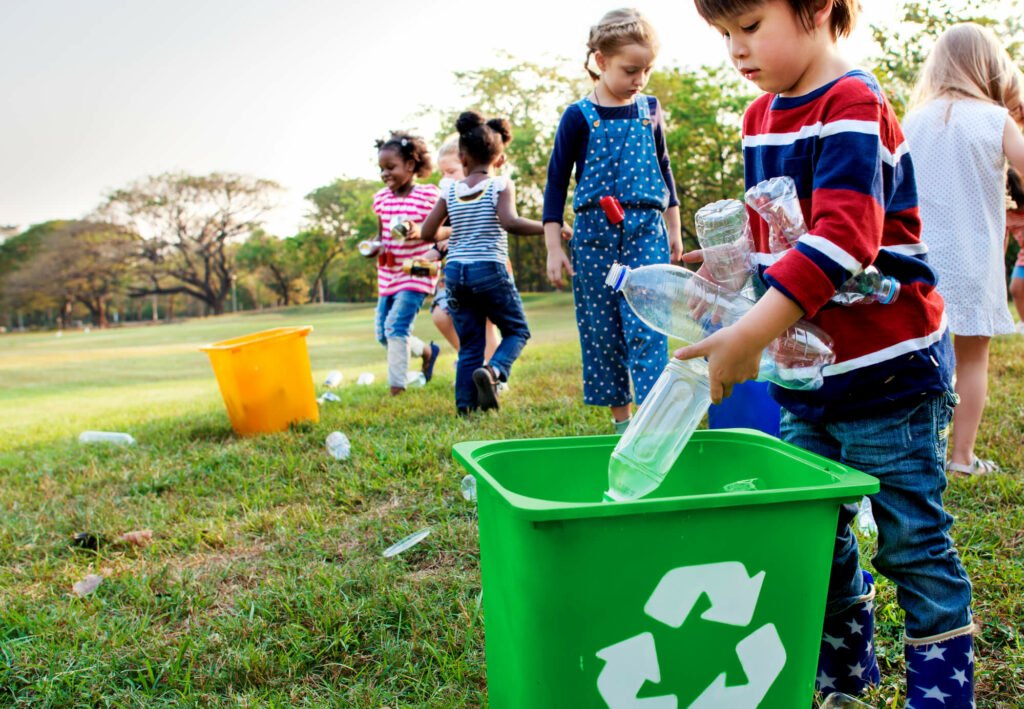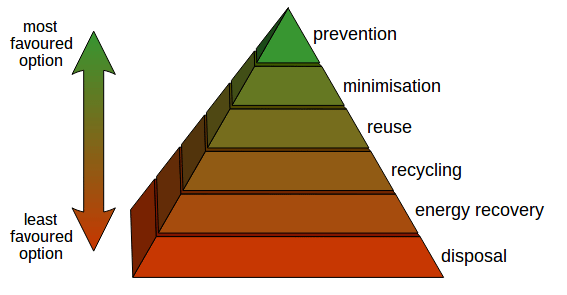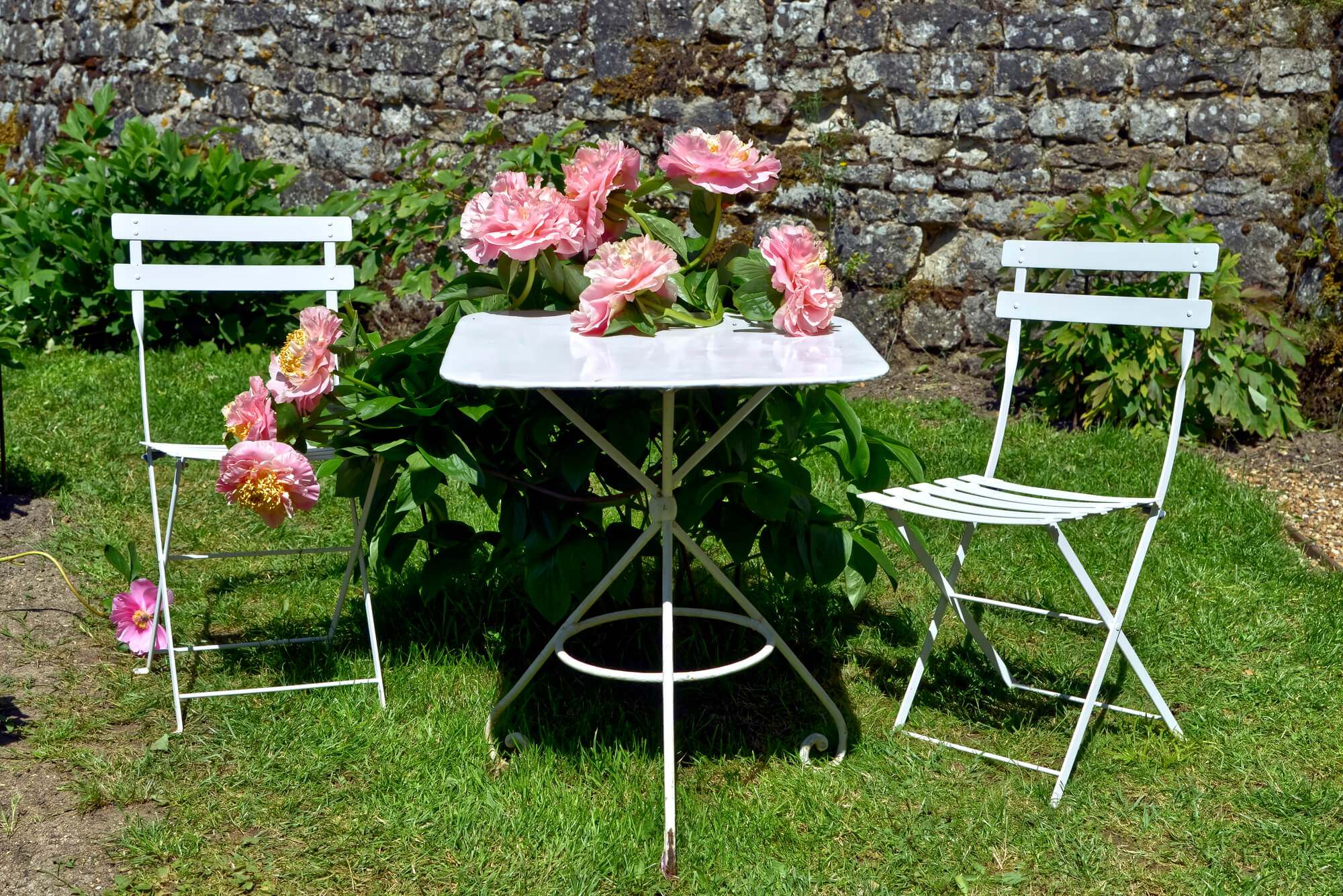When looking into environmental sustainability, cutting consumption or reducing rubbish during a house clearance, it’s more than likely that you’ll come across the following Rs: reduce, reuse and recycle. These three words describe the core components of environmentally-responsible consumer behaviour.

But as UK children are now learning at school, there are in fact six Rs that product designers must keep in mind regarding the environment. The extra Rs are rethink, refuse and repair, and they encourage creating environmentally-friendly products which are built to last.
Ultimately, this points towards the fact that recycling, while preferable to producing landfill waste, should actually be the second priority after reusing.
What is the difference between reuse and recycling?

Recycling means turning an item into raw materials which can be used again, usually for a completely new product. This is an energy consuming procedure.
Reusing refers to using an object as it is without treatment. This reduces pollution and waste, thus making it a more sustainable process.
Examples of recycled items include fibreglass made from glass bottles, and insulation materials made from newspaper or plastic bottles. Reused items include anything that was bought second hand, often furniture and clothing
Recycling can still produce waste and pollution
Recycling reduces waste disposal by transforming useful materials such as plastic, glass and paper into new products. In 2013 and 2014, UK households recycled about 44% of their rubbish.
Although recycling has been a staple of sustainable living for decades, it does have some downsides. A large amount of energy is needed to transport, process and reassemble recyclable materials. Particularly in the UK, recycling can still be a very expensive process. And in some cases, especially with mobile phones and other electronic devices, it can be difficult.
Find tips on how to recycle more effectively here.
Any item in good condition can be reused

The reusing process is not about repurposing the materials an object is made of, but repurposing the very object itself. This includes buying and selling used goods and repairing items rather than discarding them. There are also lots of online platforms that can aid this through allowing users to borrow, rent or sell any unwanted items that are still in good condition.
Reusing is better than recycling because it saves the energy that comes with having to dismantle and re-manufacture products. It also significantly reduces waste and pollution because it reduces the need for raw materials, saving both forests and water supplies.
The market benefits from reuse thanks to an influx of quality products at reduced prices. After the Greater London Authority introduced reusing in their sustainability plan a few years ago, 12,000 tonnes of goods were reused in 2013.
Read more about why you should reuse before you recycle here
Reducing consumption can save even more energy and materials
As mentioned, the third R, reduce, is sometimes considered the most important—above reuse and recycle. In a straightforward way, this is because consuming fewer products will eradicate the need for them to be reused or recycled when we are done with them. Over time, it will even help reduce the number of energy and material-guzzling products that are produced at all.
The best way to do this is to make deliberate, informed choices about what we are consuming, and to place an emphasis on social and mental wellbeing over material wealth. As Oksana Mont of the International Institute for Industrial Environmental Economics says, “It is important that infrastructures and institutions develop towards enabling sustainable lifestyles and not consumerism.”
We can all play a part in reducing unsustainable consumption. Read these 5 ways to help put a stop to waste culture to get started.
Clearance Solutions can help you with reuse and recycling
Clearance Solutions offers sustainable house clearance services and an environmental approach to office clearance. We only recycle items that are damaged beyond repair, and we do this by sorting materials on-site and transporting them to recycling facilities. This allows for a higher recycling rate than delivering all materials in one go. Whenever possible, however, our team opts for the more sustainable option: reusing.
For Clearance Solutions, reusing often translates into salvaging furniture that is still in good condition and selling it on or donating it instead of disassembling it and recycling the single parts. In 2013 alone, this allowed us to save over 2,500 tonnes of CO2.
Read more about Clearance Solutions’ recycling services.











